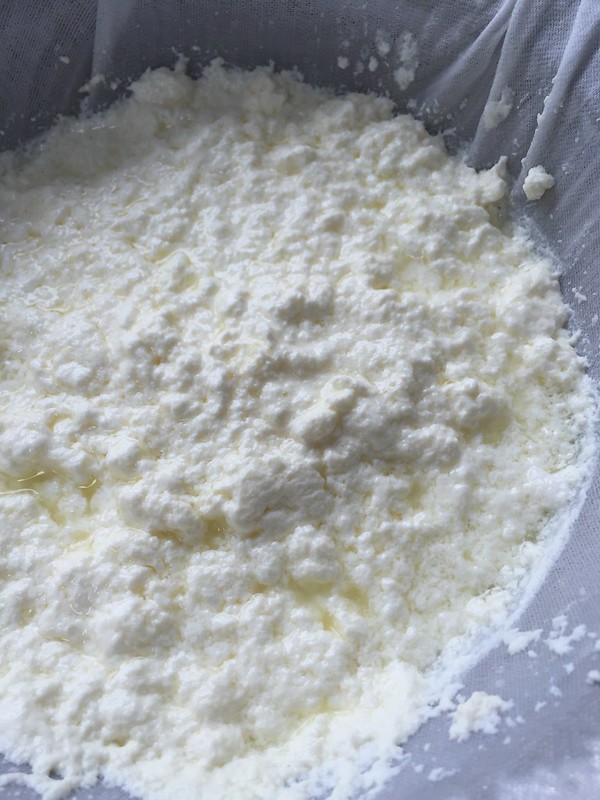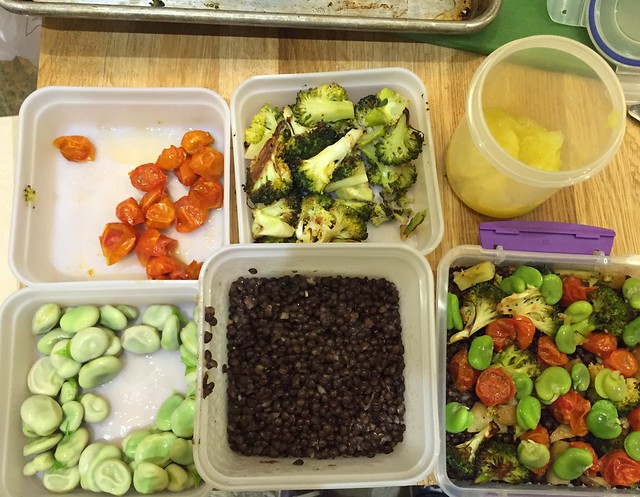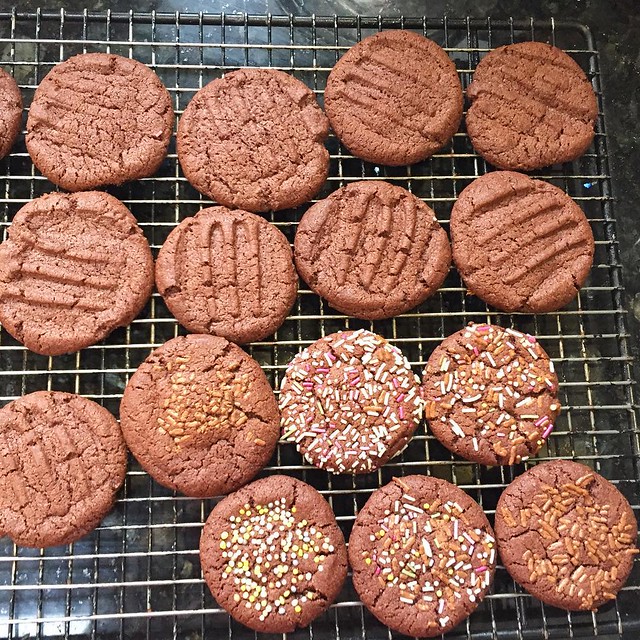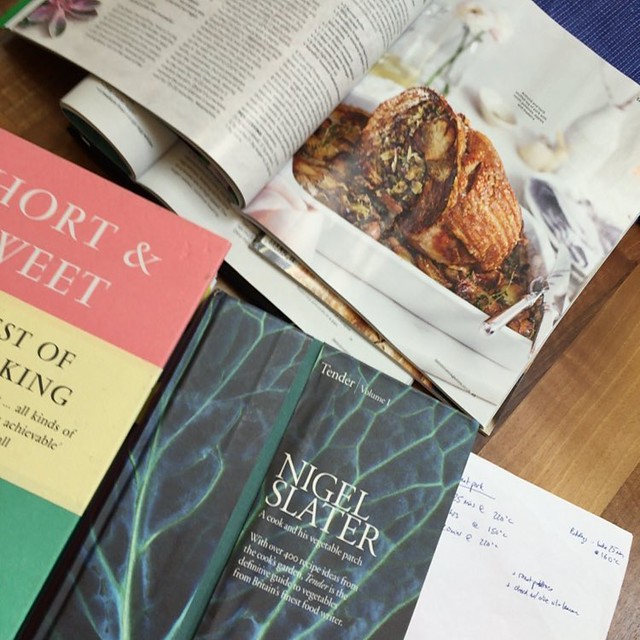
I read a New York Times article some years ago that really annoyed me. It was an edition of food questions and answers, and in the cooking section they posed the question “what should I stop buying and make instead?”. And their answer? Condiments. They actually suggested that the best thing to spend your precious home cooking time on was mayonnaise and ketchup!
The only reason I can think of to make your own ketchup is if you have a serious glut of tomatoes, and have exhausted all the tomato sauce, soup and purée options. But I can’t deny that there is something deeply satisfying about making very basic foods from scratch: things like bread, cheese, or jam. You can delude yourself into thinking you’re some kind of frontierswoman (only with central heating and YouTube). “In the event of an apocalypse”, you think “I can make my own bread! All I will need to find is clean water and ready-milled flour and I’ll be fine!”. I have made plenty of bread, and quite a few jars of jam, but I hadn’t attempted cheese since cooking school. Smitten Kitchen wrote about making ricotta, and that post, and particularly the video of the company making fresh ricotta in Brooklyn stuck with me.

Ricotta is a soft, slightly grainy cheese that you may have come across in plastic tubs in the supermarket. It is used to fill pasta, to make flourless gnocchi (called gnudi), and can also be used for lasagne, cheesecakes and more. The supermarket incarnation is fairly uninspiring. Ricotta, meaning recooked, is made from the whey left over from making other cheese. When reheated with acid, more curds can be generated, and ricotta is made by draining these.
However, there is another ricotta, one that doesn’t resemble the authentic original, but something between a cream cheese and ricotta that is fresh, and lemony and makes you want to spread it thickly on toast. By heating not leftover whey, but milk and cream with acid, you can make something that is a hybrid between true ricotta and soft cheese. And by using good quality milk, salting it judiciously, and eating it fresh, you can make something really good to eat, rather than something that is just functional.
But more than the flavour or the (dubious) economy of making your own ricotta, its more worth doing for the science experiment thrill of seeing this cheese emerge from a pan of liquid. This transubstantiation, and the (fairly small) effort involved are more than repaid in fascination and satisfaction with the end result.
Of course, this isn’t something you really need to do every day, but the remarkably small effort involved means you can do it much more regularly than you might think. The best thing to do is spread it thickly on slices of toasted bread, sprinkle with coarse salt and drizzle with a little extra-virgin olive oil. As Smitten Kitchen enthuses, it’s perfect summer food. But it’s also a way of imagining it’s spring, slightly before it actually appears.

Behind the recipe: what happens when you make ricotta?
Why does ricotta form? Most cheese uses rennet, containing enzymes that cause the protein to cling together into curds, so that the liquid whey can be separated and drained off. Ricotta uses acid instead of rennet to create the curds. The acid you use will have some affect on the taste. You can use vinegar, lemon juice or buttermilk (Serious Eats details the differences here). Lemon juice is the least precise but most delicious one of these.
You heat the milk, add the acid and then leave it to form the curds. Then gently drain off the whey through a cheesecloth or a a very fine sieve. Leave it for a short time for really soft cheese, let it drain longer for something firmer.
The essential elements are just enough heat, but not too much, and enough acid to start clumping the proteins together. I have had good results using a Thermomix to gently heat the milk, stirring all the time.
The cream is optional: it gives a lovely creamy result, a bit more like cream cheese than true ricotta. You can use single cream or whipping cream if that’s what you have.
Recipe: homemade ricotta
- 1 litre whole milk
- 150g double cream
- 1/4 teaspoon salt (optional)
- 1 tablespoon (15g) lemon juice – about half a lemon
- 1 tablespoon (15g) distilled white vinegar
On the stove:
Heat the milk and cream in a saucepan, just until you see the first bubbles appear at the edges, or until it reaches 85-90C on a thermometer. Stir as it heats to prevent the milk proteins catching on the base of the pan. When it is heated, stir in the salt, if using, and then gradually add the lemon juice and vinegar. Stir in very gently, and then leave for two minutes for the curds to form.
Meanwhile, line a sieve or colander over a bowl with a layer or two of damp cheesecloth, or damp paper towels. Spoon or ladle the curds very gently into the cheesecloth and leave to drain for 15-20 minutes. After that time, spoon the ricotta out of the sieve into a container and refrigerate. This will keep for four days in the fridge.

In a thermomix: (Adapted from a recipe on Super Kitchen Machine)
With the butterfly attachment fixed, add the milk and cream to the Thermomix bowl, and heat to 90C on speed 2. Turn off as soon as the 90C light comes on (will take around 10-12 minutes). Set 1 minute/speed stir and add the lemon juice and vinegar through the lid. Turn off and leave to rest for a few minutes to let the curds separate. Gently scoop the curds into a sieve or colander lined with cheesecloth. Leave to drain for 15-20 minutes, depending on how thick you want it.
Things to do with your fresh ricotta:
Spread it on really good toasted bread. Scoop it onto roasted veg as a salad.
Make ravioli or tortellini. Add it to pasta sauce.
Serve as dessert with fruit and drizzled with honey.
Make this excellent Jean-Georges Vongerichten recipe for squash on toast.
















